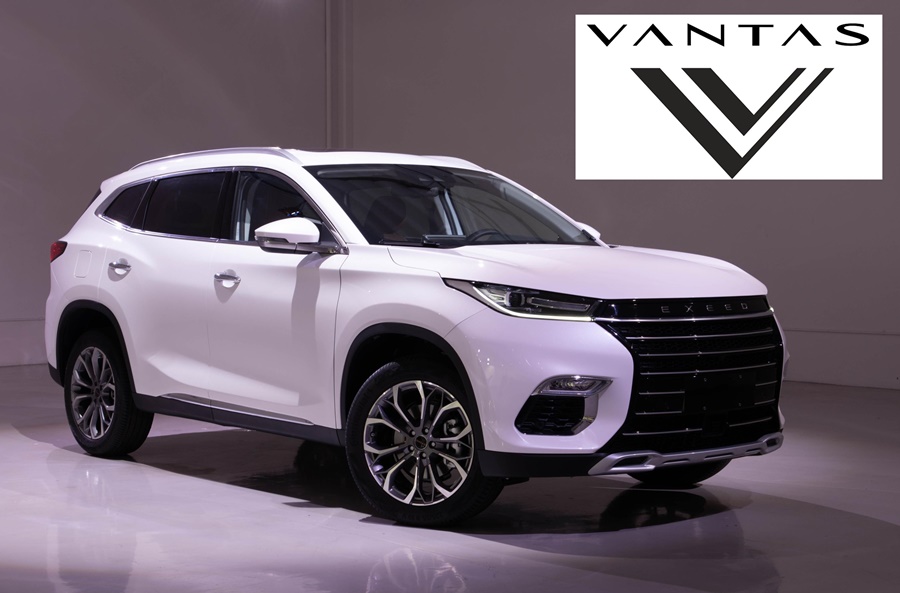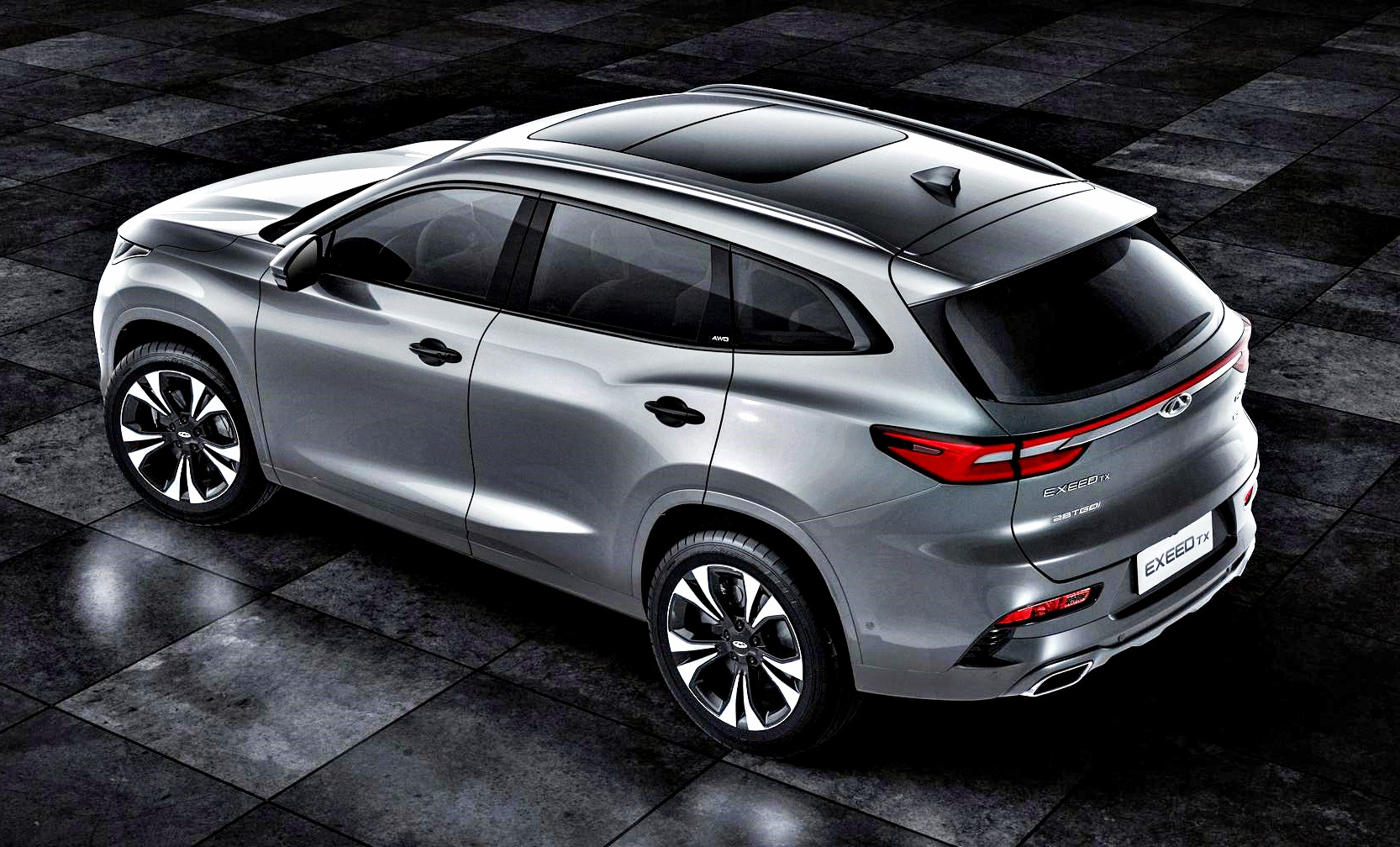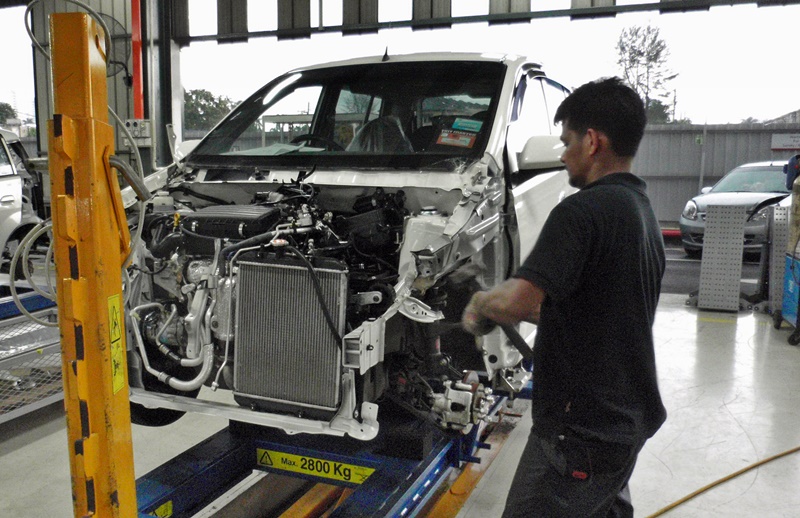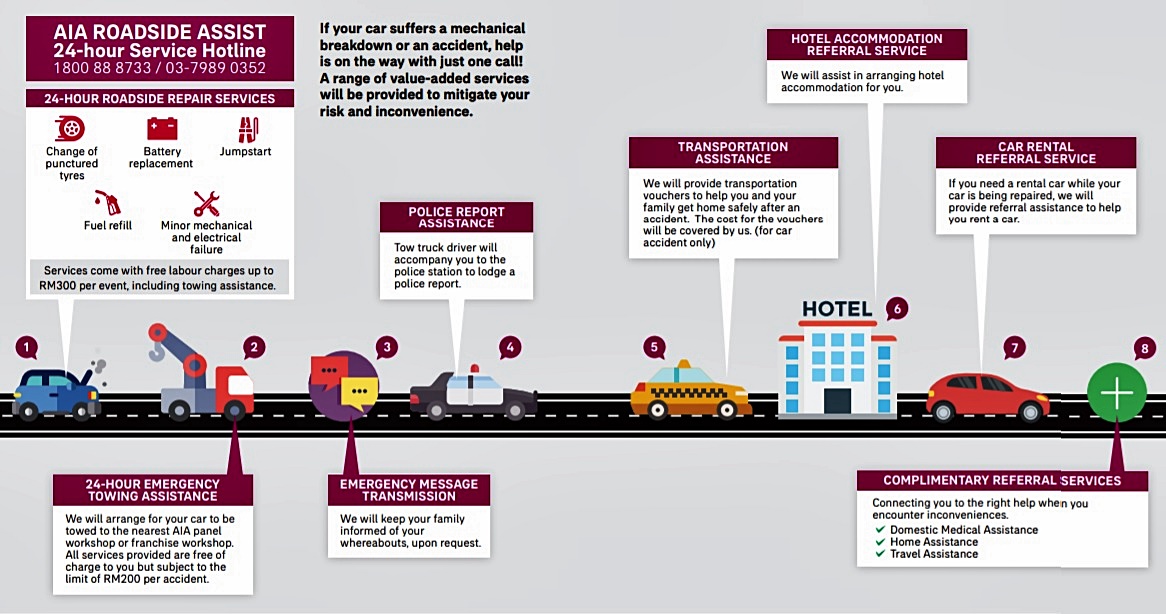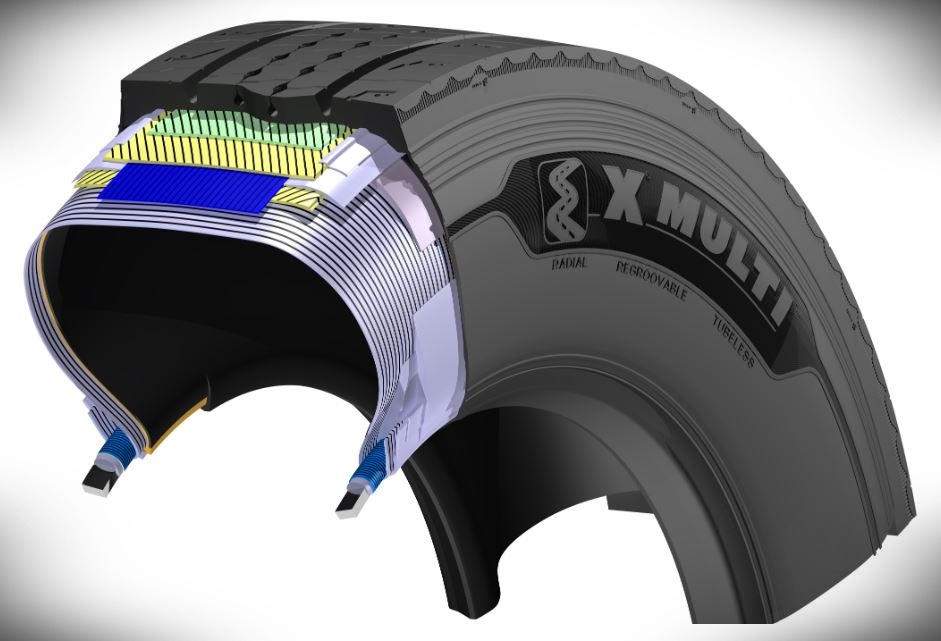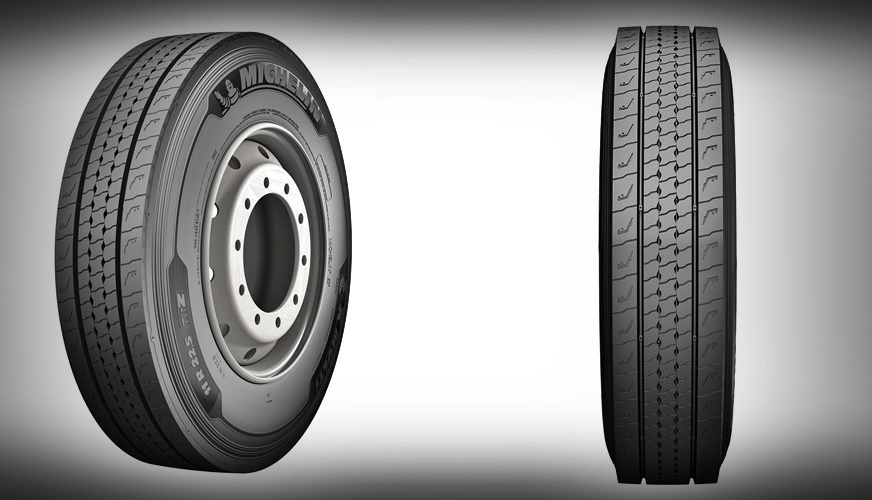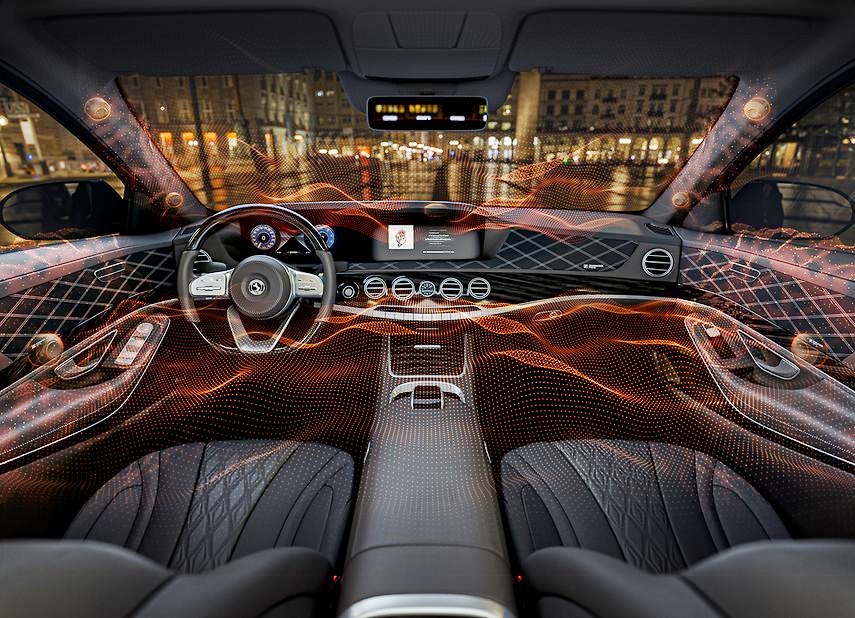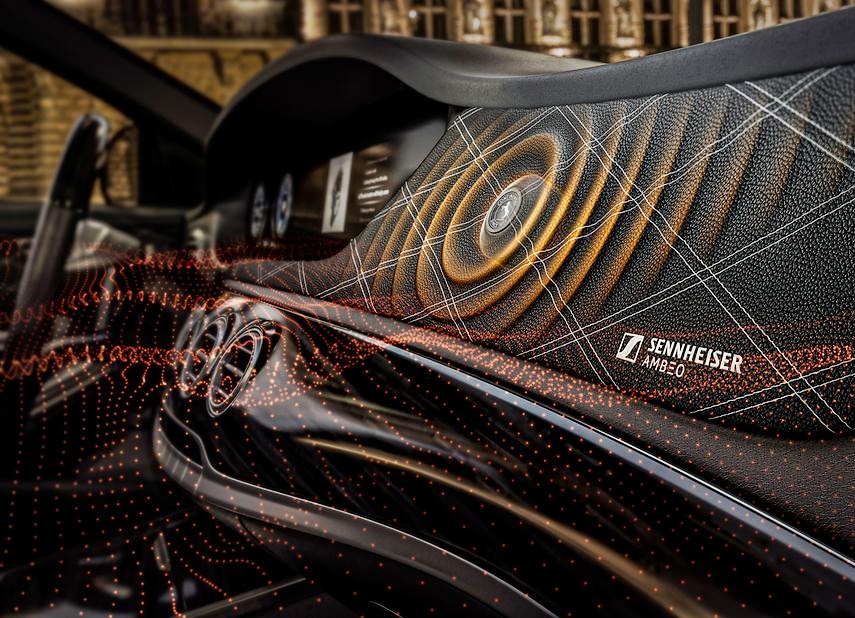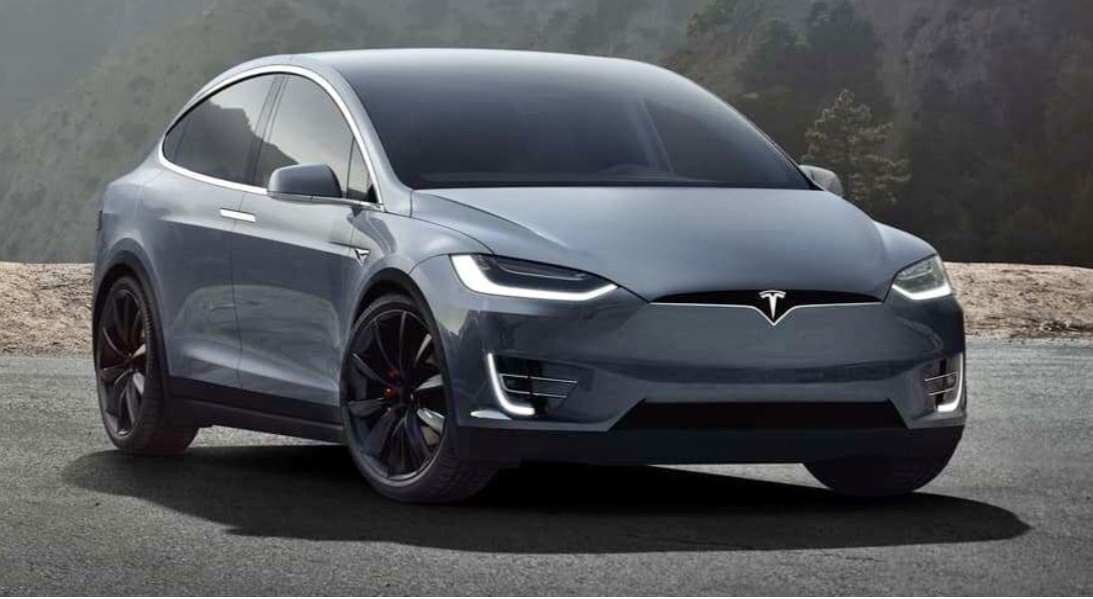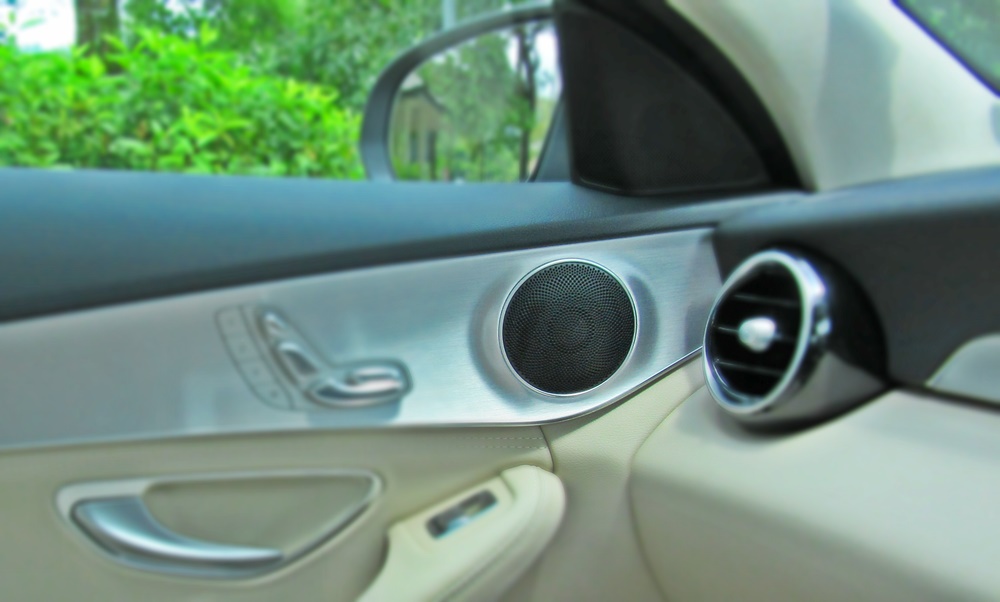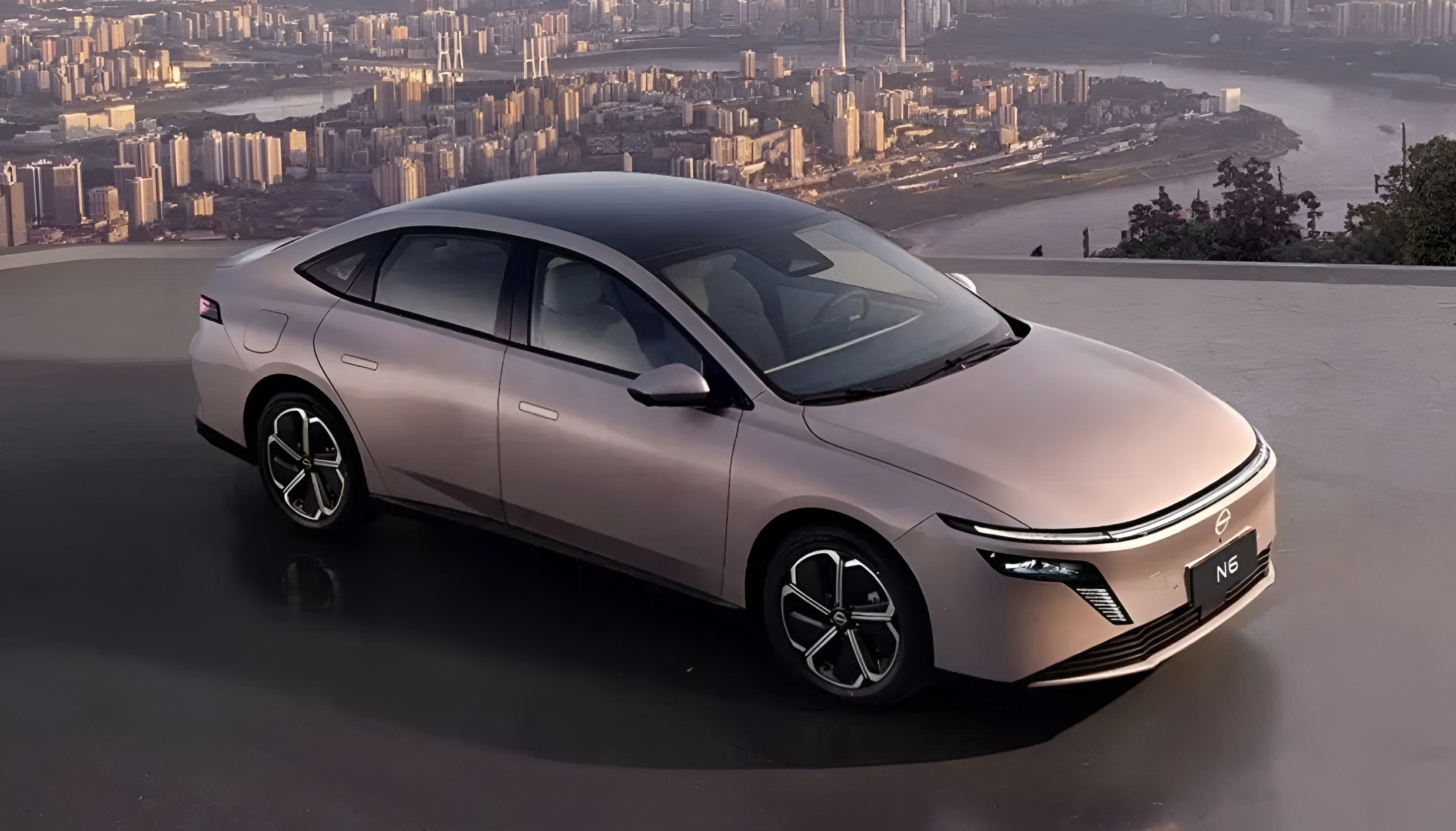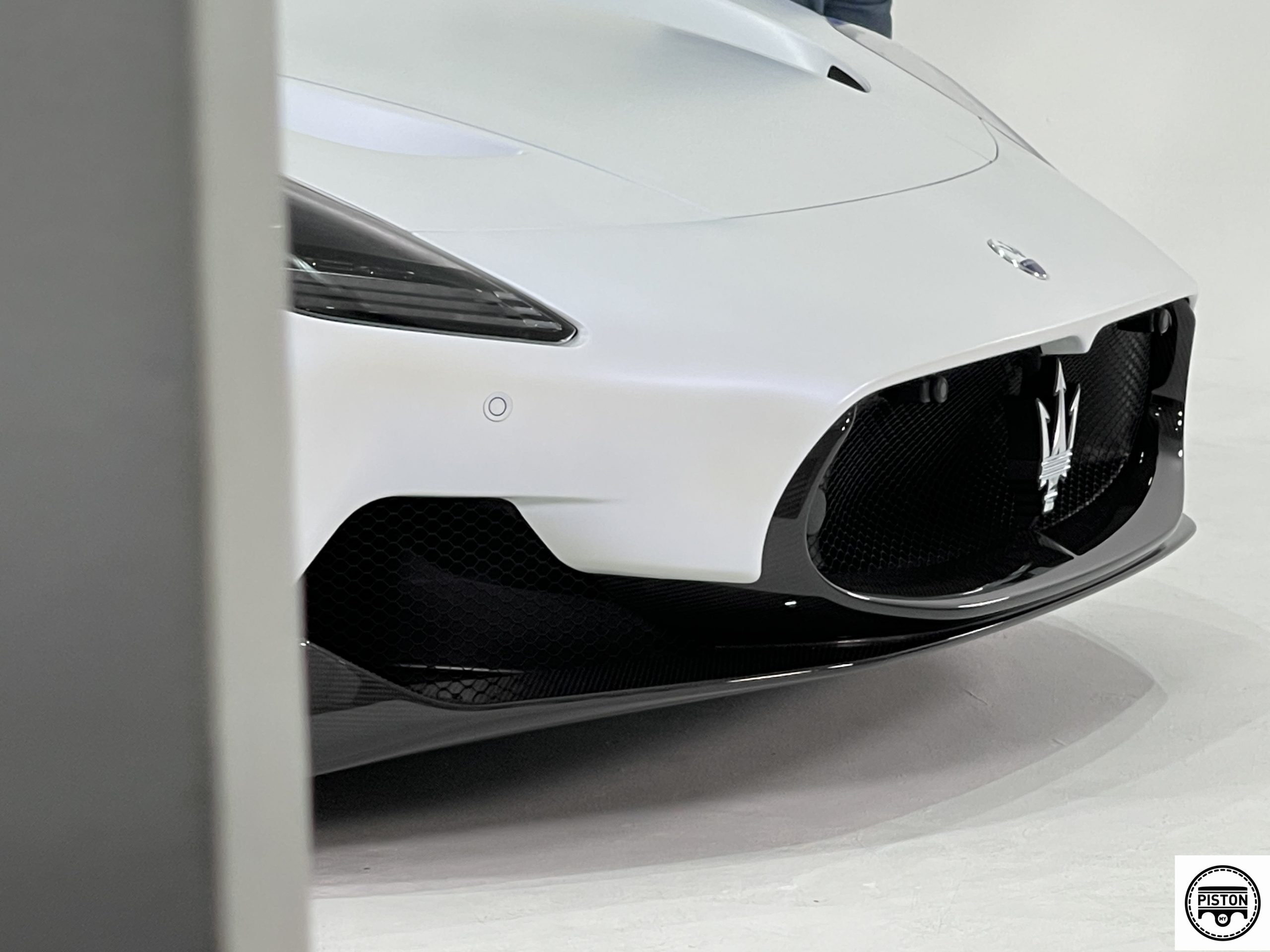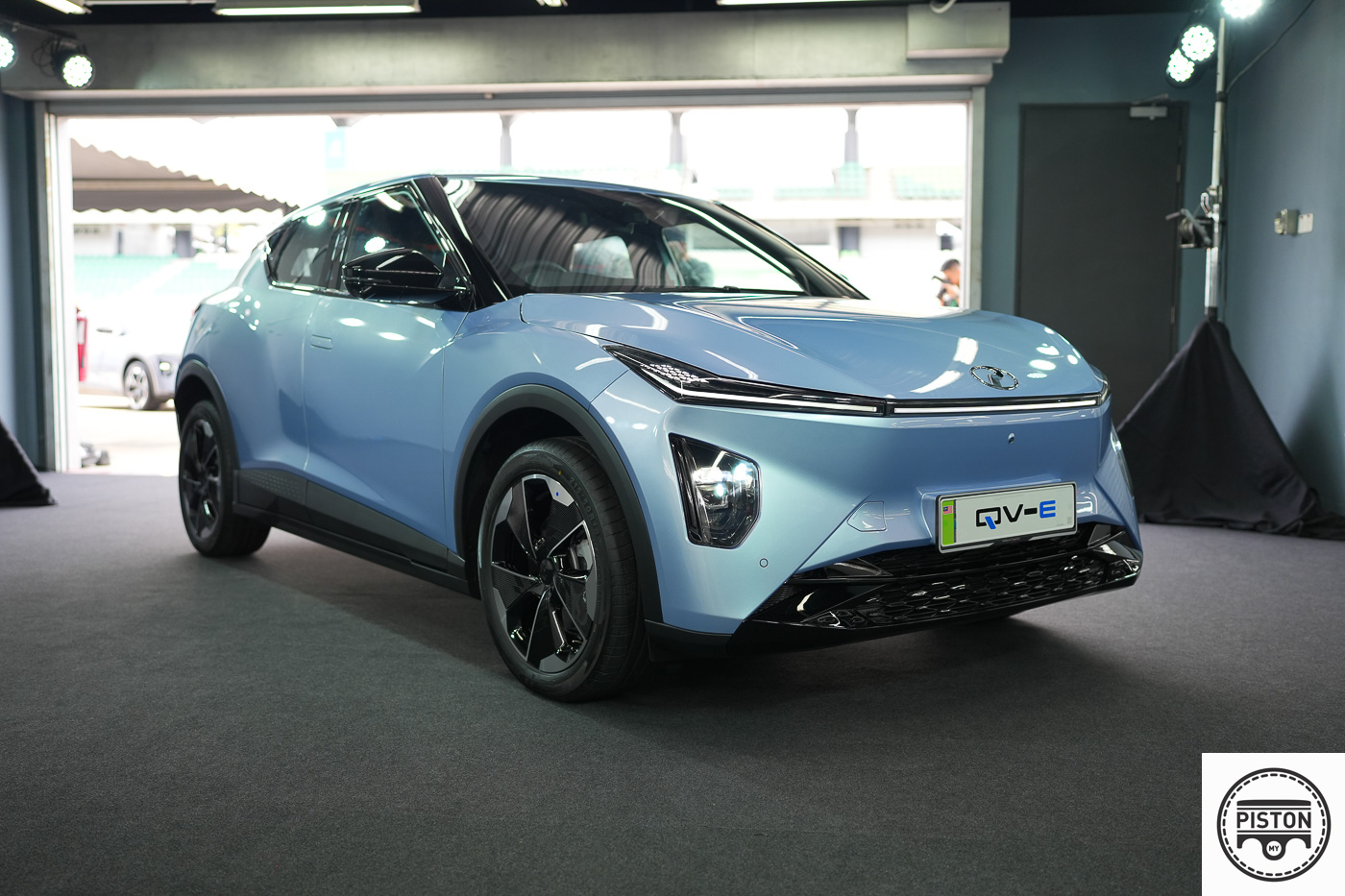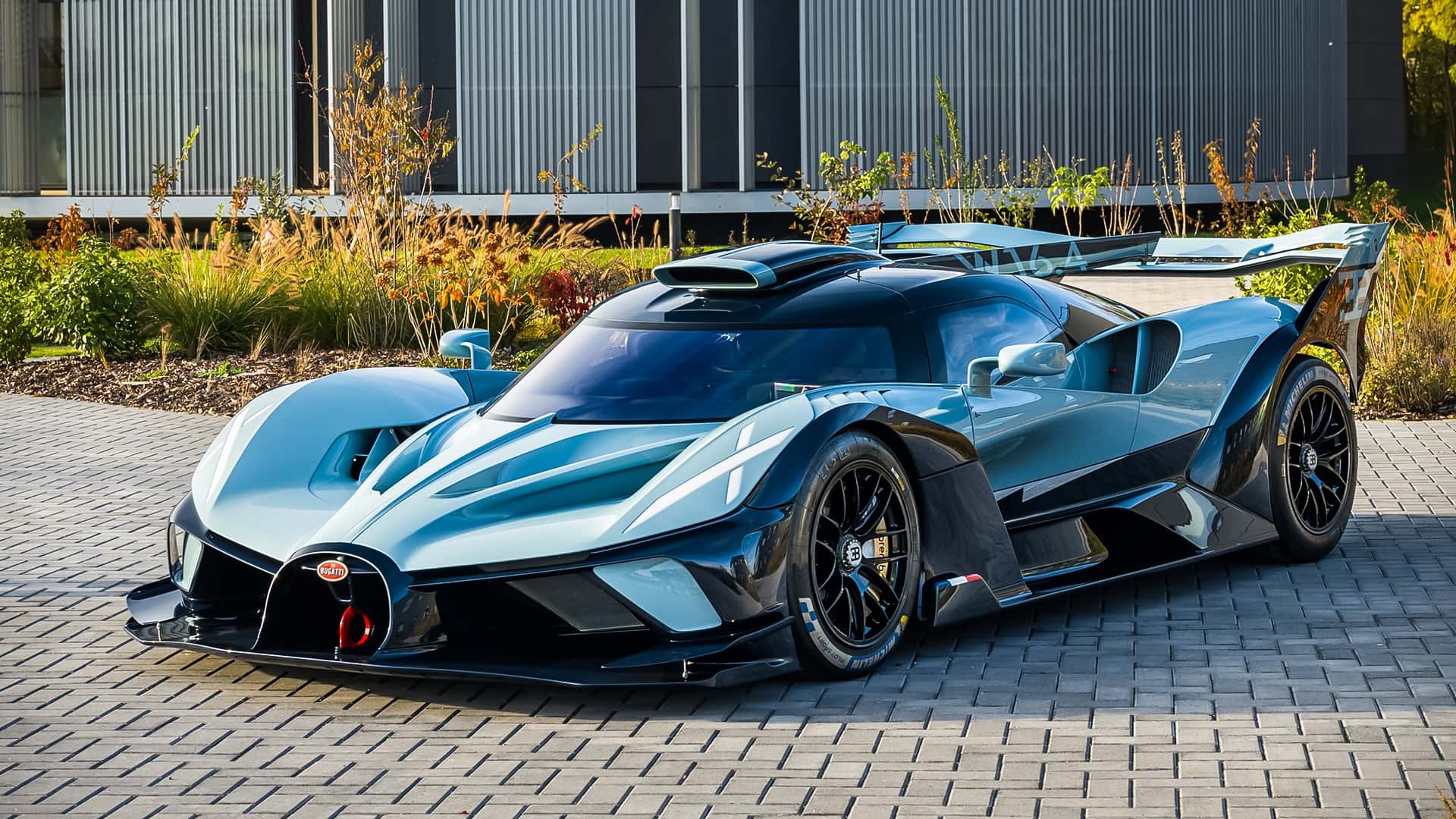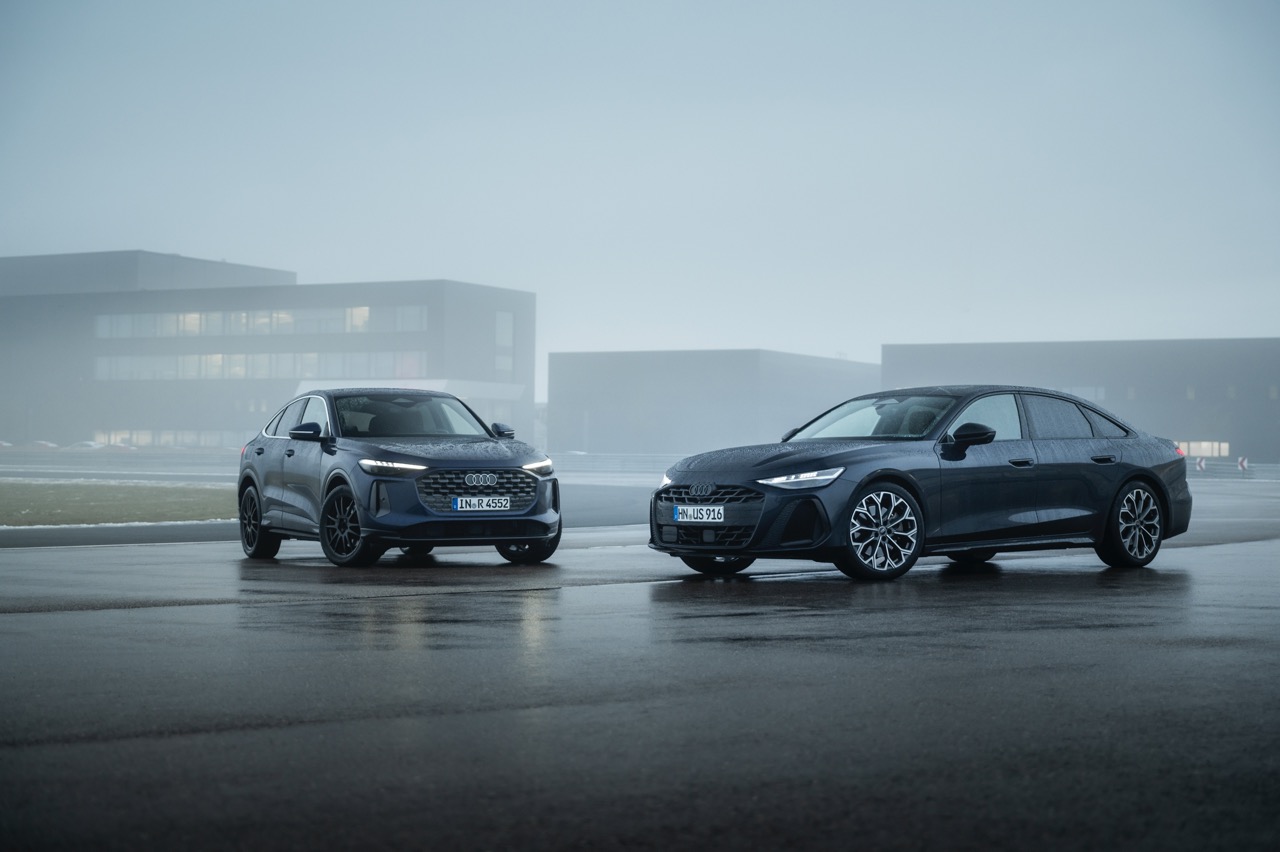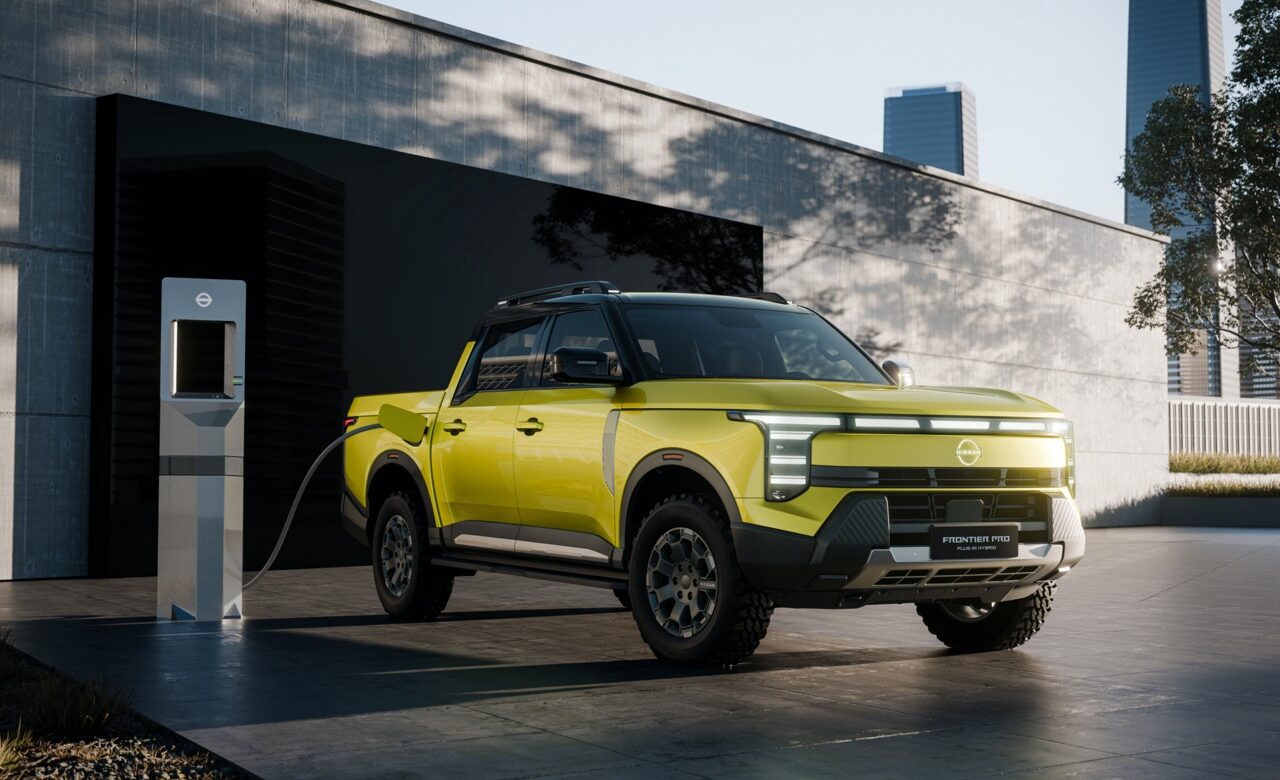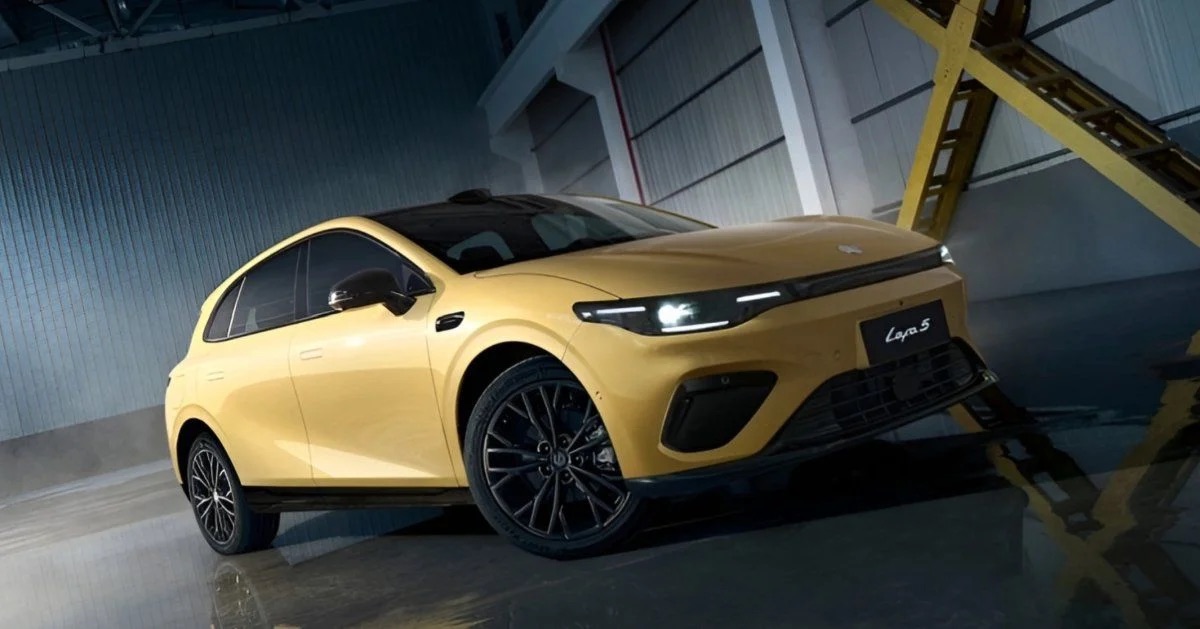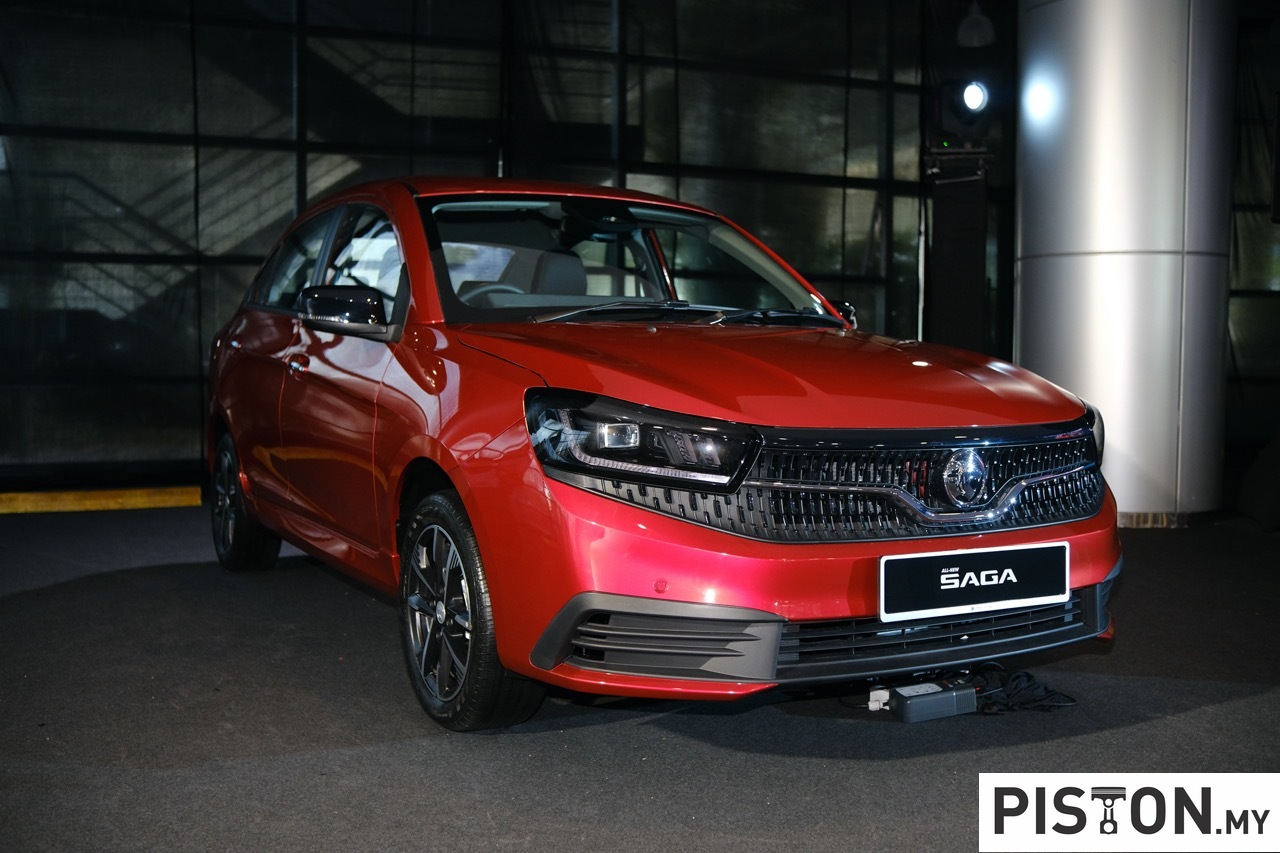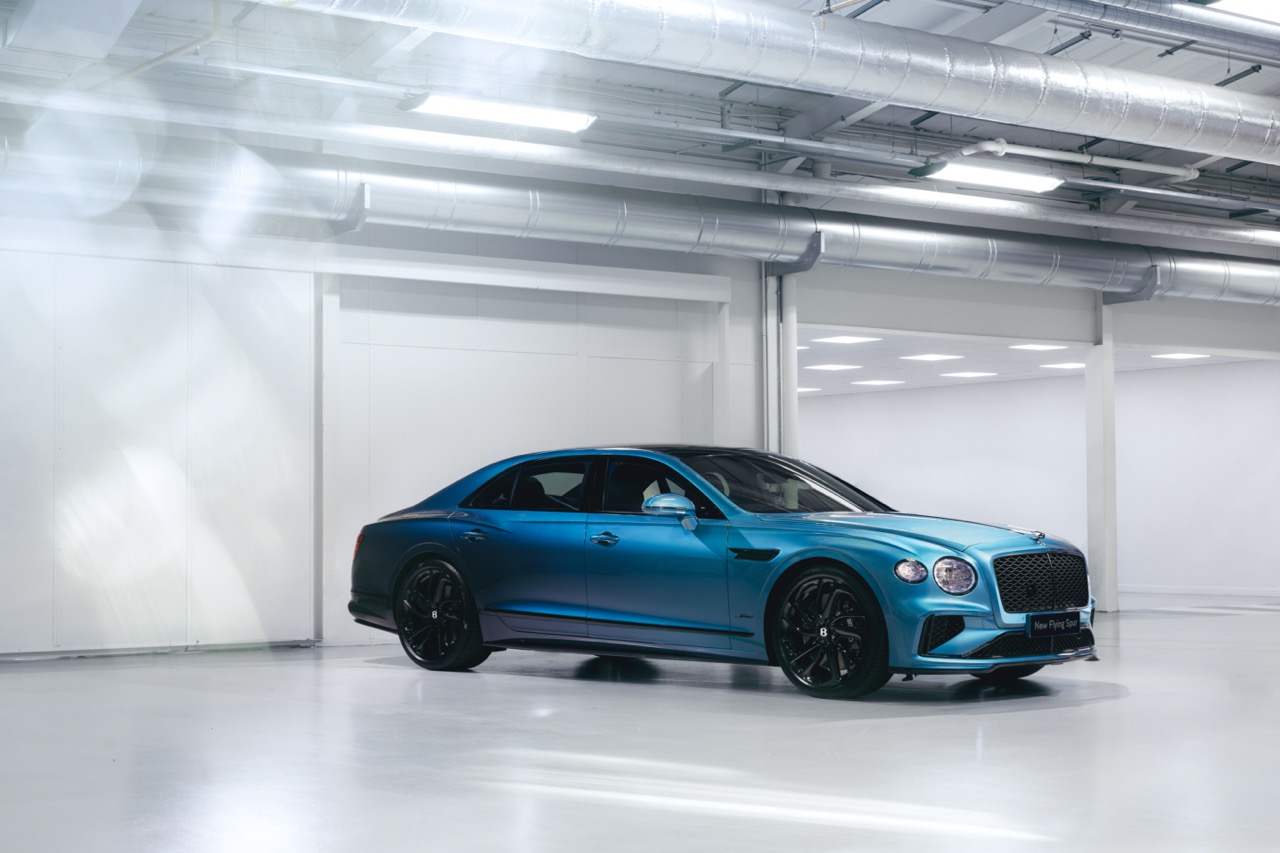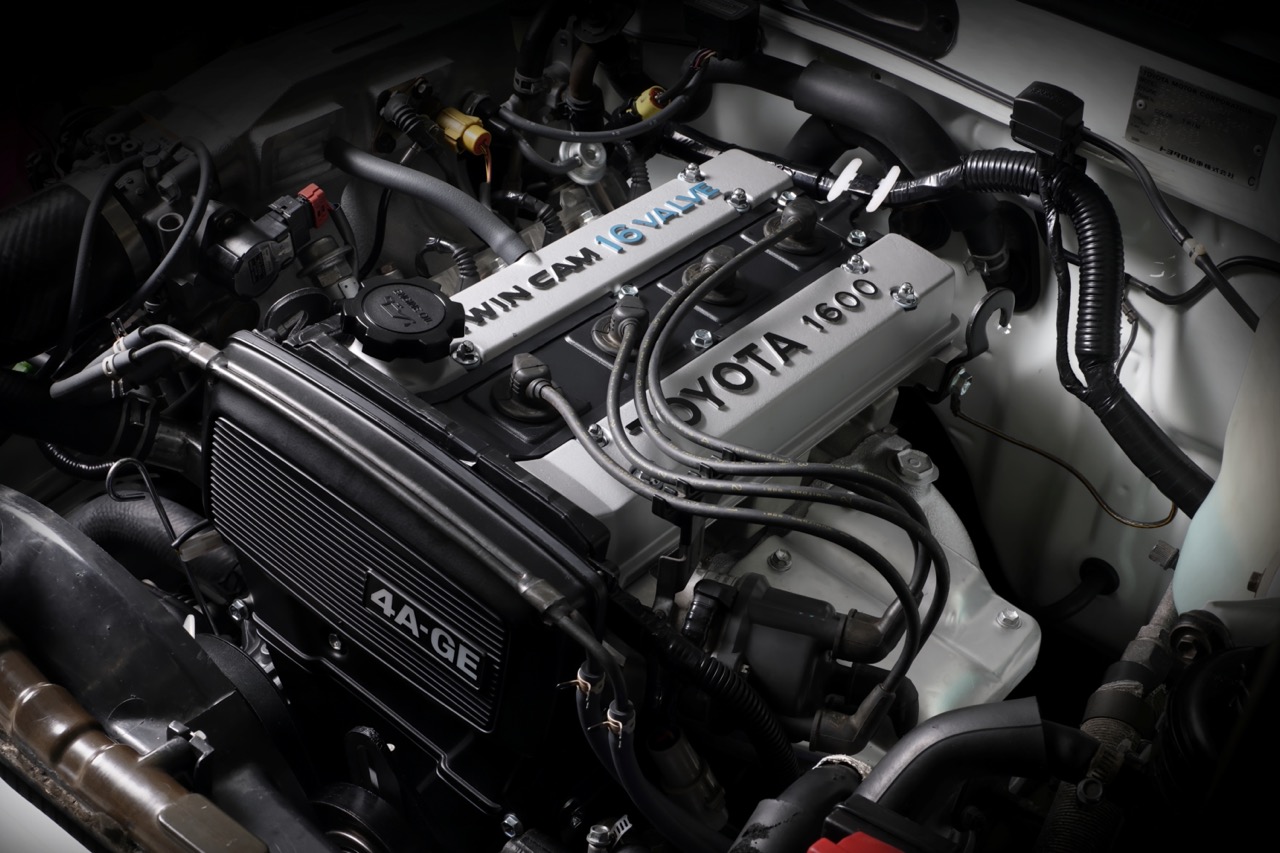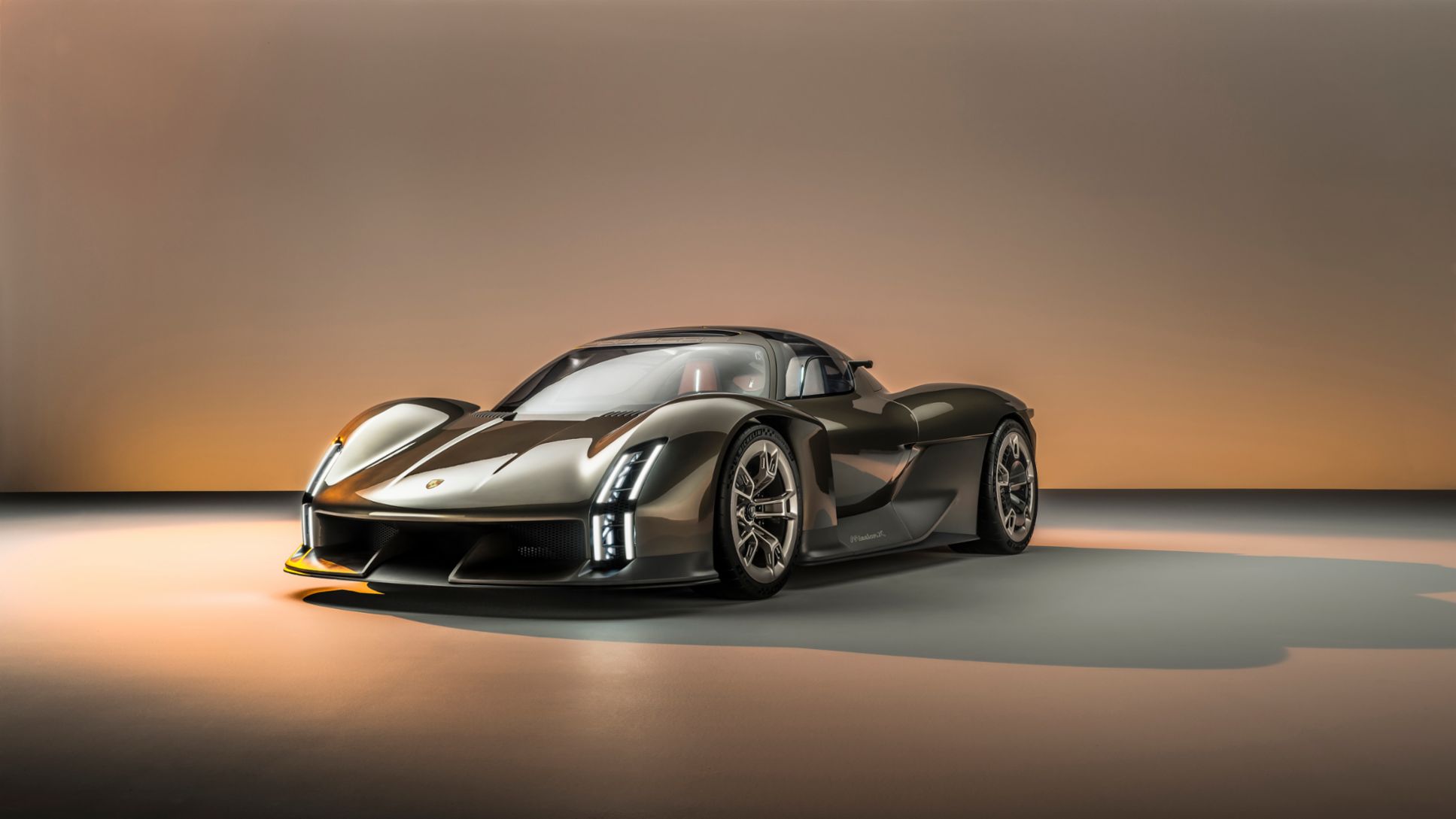Until China became the world’s largest automobile market, the US market was the one that carmakers wanted to get into. However, both markets are not easy to enter for different reasons. In the case of China, there are tough government policies and conditions while to do business in America, a carmaker has to deal with stringent safety and emission issues as well as costly product liability coverage. In recent times, the Trump administration has also not made things easy to protect American industry and jobs.
While the Japanese and Korean companies are well established, carmakers from China have been trying to penetrate the market for some time. GAC Automobile appeared at the Detroit Motorshow as far back as 2013 and last year, it said it aims to start business operations in the second half of this year. Zotye Automobile is another carmaker which has indicated it will enter the market in 2020.
Different brand name to be used
Chery Automobile, one of the top ten automakers in China and the leading auto exporter to over 80 countries, also has eyes on the American market. Its strategy is somewhat ‘covert’ as it will sell its vehicles under a brand name of VANTAS rather than use Chery. Perhaps it’s better not to use Chery as a brand name, just Nissan wisely chose not to use ‘Fairlady’ for its Datsun 240Z when it was introduced in America. The VANTAS vehicles will be distributed, sold and supported by a new automotive operation in North America formed by HAAH Automotive Holdings.
HAAH has a technical cooperation agreement with Chery which manufactures and sells a range of SUVs, passenger cars and electric vehicles under several separate brands globally. To get ‘behind the barrier’, the vehicles sold in the USA and Canada will be assembled in American plants which should make entry easier for Chery.
The first VANTAS model with be adapted from a premium SUV model (TX shown above) from Chery’s Exeed premium brand which it uses in some markets instead of Chery. The specific model and other details have not been announced yet, but it is known that engineering development for homologation in the US market has already begun. It is unlikely that Chery will invest in a new factory and probably contract the assembly to an existing plant or refurbish one.
Online sales process
An online sales process will be implemented using HAAH’s digital platform with an industry-leading 100% cloud-based system to support VANTAS and Dealer Operations. This system design comes from an integrated and open API platform which will provide real-time transactions and visibility for all users increasing speed and precision. The system is described as the next generation in the automotive industry, giving VANTAS technological superiority not available from any other manufacturer today.
“This is a historic agreement creating VANTAS. The brand will incorporate a number of new technologies from its Chinese partner, including ‘Intelligent Connected’ for a wide variety of safety and driver assistance technology, various aspects of autonomous driving and, in the future, new energy vehicles. VANTAS is fully committed to building every one of its vehicles in the USA, creating jobs in America,” said Duke Hale, Chairman & CEO of HAAH Automotive Holdings.

